Review: Migos’s Sophomore Album “Culture II”
The name “Migos” didn’t mean much until Quavo, Offset, and Takeoff — the trio of rappers that make up the group — had their first No. 1 hit on Billboard’s top 100 with Lil Uzi Vert. As the group headed into 2017 with fame resulting from the success of “Bad and Boujee”, they followed with a No. 1 album, Culture, which was months later certified platinum. Their follow-up album, Culture II, debuts as Migos’s second No. 1 Billboard 200 album within a year.
According to a Rap-Up interview with Offset, Culture II, released January 26, is a “masterpiece.”
Takeoff shared a little about the album’s title with an album release party at iHeartRadio.
“Culture was so big…had to come back with a second one.”
“We started this whole little wave,” Quavo added in the interview. “We started the whole genre, we started the whole flow, we started the whole melody.”
With all the hype around the album, Migos had quite a lot to live up to. The album has a few strong central themes: money, the group’s stance in the hip-hop world, and starting from the bottom. It also includes great production from DJ Durel, Quavo, Murda Beatz, Metro Boomin, and even includes Kanye West.
From a listener’s stance, and as a long time fan, the first portion of the album seemed pretty good. However, there doesn’t seem to be much signficance in the songs’ order. I found too, that many songs acted as filler and don’t see much value in listening to the album repeatedly. I was surprised at how many producers collaborated on the album, and impressed with the songs’ beats; the trio made decent use of these resources, especially their featured artists. On the whole, though, the album just didn’t quite reach expectations. I noticed too that many songs repeated themselves in the lyrics and found a few that sounded quite similar to older tracks.
It couldn’t be a Migos’ album without songs showcasing their fame, wealth, and luxuries. They seem to make references to their lavish lifestyle in all of their songs, but mainly highlight it in “Flooded,” “White Sand,” “Made Men,” “CC,” “Too Playa,” “Too Much Jewelry’” and more. But having 15 plus songs addressing the same topics of fame, wealth, women, and luxuries like designer brands, can be quite repetitive.
Featuring a traditional trap beat — a tough melody comprised of basic rap instruments, and an extra instrument like a flute or piano — “Flooded,” a term that can be used to say that something is covered in diamonds, is a song in which Migos showboat their jewelry. Offset flaunts his “diamonds like nuggets,” Quavo describes his chain, and Takeoff employs metaphor to detail how “iced” out he is, saying he “might drown in this water I’m flooded.” However, as a fan, I feel we hear this all the time — and as the hook is pretty bland, I would deem this song filler.
One of the features I found most disappointing on the album was Gucci Mane, a long time friend and co-worker of Migos, who appeared again in “CC.” The song’s title reflects the Chanel logo, hinting at a focus on designer brands. Gucci shows off his Rolex and Rolls Royce in the line, “show off my rollie in Rolls.” Offset copies him with boasting about his AP Plain Jane watch “Plain Jane rollin’ with the bust AP”, and Takeoff brags about his Chanel — “I got the ice on fleek, Chanel, Double down, CC.” 2 Chainz, another huge friend and co-rapper, is featured on this track, rapping, “He got a million dollars, but I already blew that.”
As the three describe their expensive jewelry, drug habits, and favourite designer brands, listeners get a taste of their lavish ways. But the song’s mediocre hook and average verses definitely does not compare to Gucci Mane’s last feature on Culture, “Slippery” — my favorite song on their last album.
Another theme the artists don’t hold back on is their pride in being at the top of the hip hop food chain.
“We the biggest group ever… in hip hop, pop, all that,” said Offset in Big Boy’s “The Neighborhood”’ interview.
Migos showcases their elite position on songs “Higher We Go,” “Superstars,” “Walk It Talk It,” “Culture National Anthem,” and “Notice Me.” The Intro, “Higher We Go,” is one of the few songs that incorporates their actual culture idea. In the hook, Quavo sings, “Higher we go, beg and plead for the culture”, Takeoff proceeds with, “Migos you know we the GOATs” and later alludes, “I do it for culture, bigger than Oprah, Mayweather 50-0, culture,” assuring the listener that their rise to prominence has led to them becoming a fixture of culture. Migos definitely seem like they are trying to get at something huge “Higher we go, beg and plead for the culture” especially in combination with the melody of the beat, but don’t end up anywhere other than talking about how they are the “GOATs.”
Culture II also marks the first appearance of Drake on a Migos track; a long time fan, the Toronto rapper contributed to Migos’s fame by remixing one of their first hits, Versace. As Migos has finally reached the top of the pyramid, like Drake, the rappers maintain that they don’t exaggerate the truth, but stay true to their image. Offset affirms, “I walk like I walk, talk like I talk.” I was excited to see that Drake was finally featured, especially given his status as a more accomplished artist, but I was shocked at how short Drake’s verse actually was and how simple the hook was.
With all the blessings of being a top artist comes hard work — something thing that Migos aren’t afraid to emphasize alongside their fame and success. As they share thoughts and moments from the past, they detail their efforts in “Narcos,” “Gang Gang,” “Work Hard,” and “Open It Up.” Migos often draw comparisons between themselves and other notable figures; “Narcos,” which samples “Espoir” by les difficiles de Petion-Ville, is another example of this.
“Open It Up,” is very similar to another song they had on Culture, “Deadz.” The song opens with a strong organ throughout the song, just like “Deadz,” as the Migos rap over it about their past and leaving those actions to the streets. Quavo remembers “Seen it count money in my dreams” and in his verse “We ain’t tryna rob, that’s just how we mob, leave that to the blocks” and Offset shares “I aint plan on coming back” highlight how they have grown out of their actions of the past and let others do that. Given its tune’s uncanny similarity to “Deadz” and even in the writing, as Quavo in both Hooks repeats his “Uh, ooh,” it was still one of my favourite songs in the new album, but I was surprised by the lack of creativity.
The idea of culture seems to be a “wave” or “movement” Migos takes a lot of credit for. However, it seems that the wave is really just being a fan of hip hop and rap — genres that are increasingly present in popular culture. I see this album as the Migos’ interpretation of what is in culture from their point of view. Gang related activities, drug usage, working hard, and chasing money are huge themes in hip hop and the lives of many. To others, though, their luxuries and dark pasts may not be very relatable.
This album received mixed reviews; many of the friends and music enthusiasts I’ve seen comment on it described it as an “average” album. I would tend to agree — it didn’t quite live up to the hype. Generally when I listen to Migos, it’s more for the bangers, and there were significantly fewer in this album. The album’s image and quality are also hurt by the repetition and relevance of ideas discussed. The music and production were good quality, but often the lyrics couldn’t quite fit with the beats. Overall, Culture didn’t feature as many high energy songs as usual, and also didn’t compensate by being more thoughtful and meaningful — there was plenty of lyrical repetition.
In the future, there are many possible routes Migos can take. If they do not evolve, though, their decline is possible. However, their reach is ever expanding and becoming more creative, and I have high hopes for them to transition their topics and style to something more meaningful.








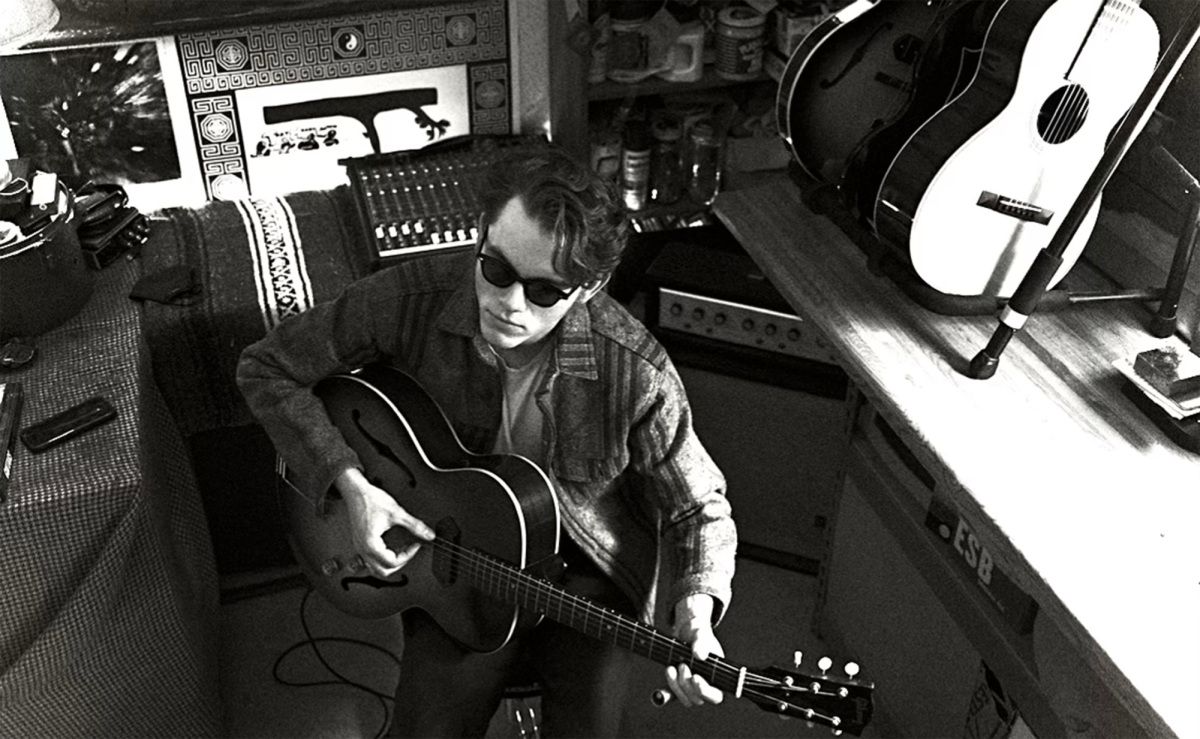
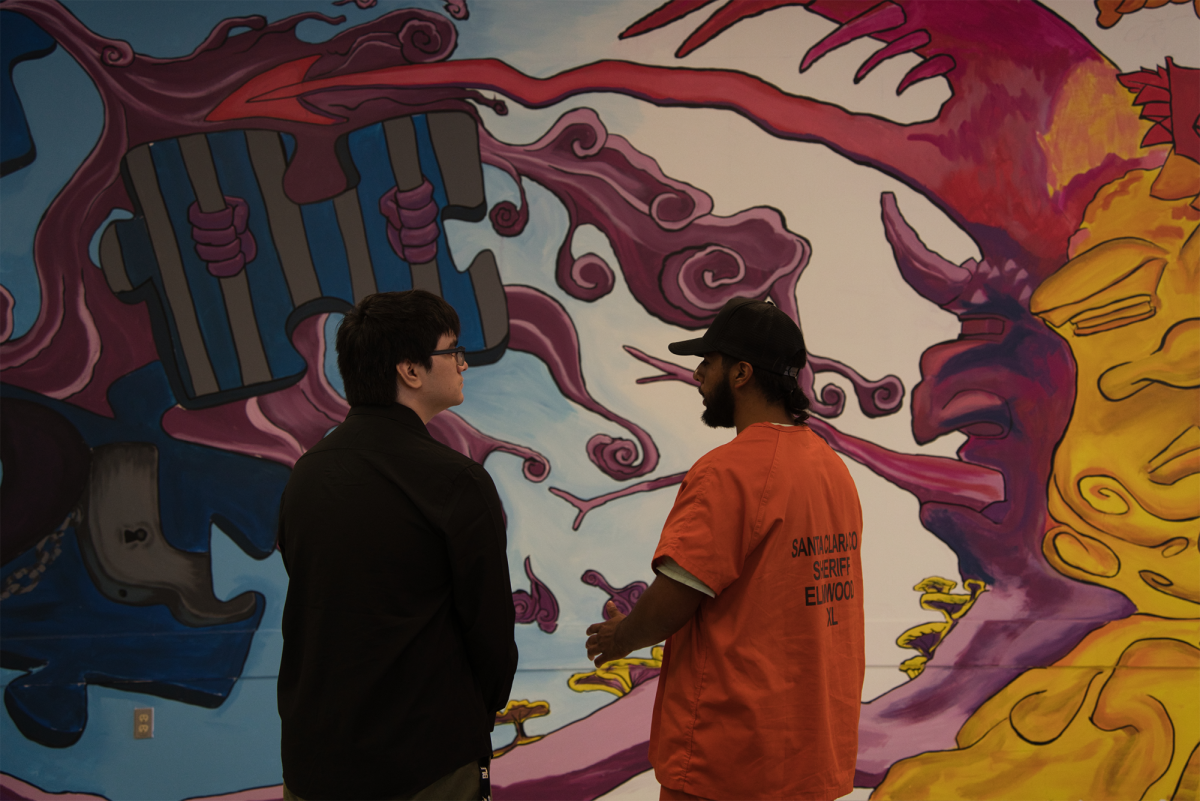


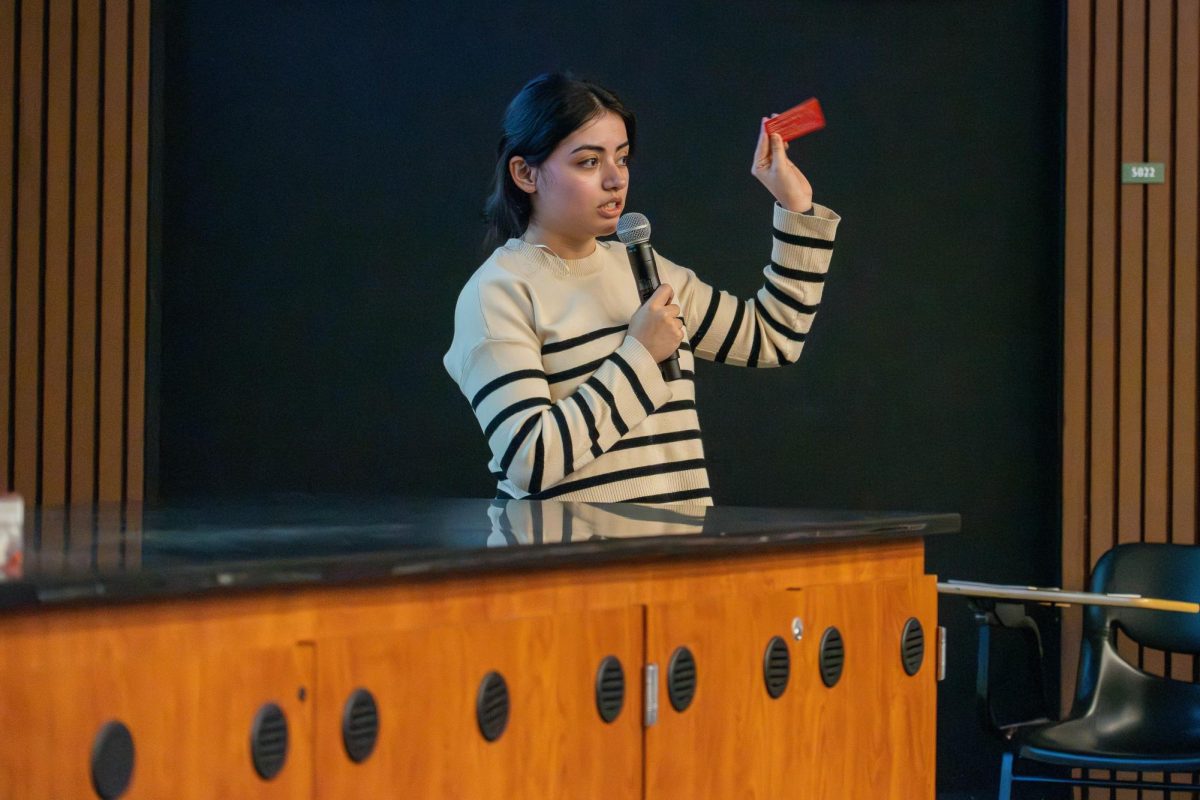
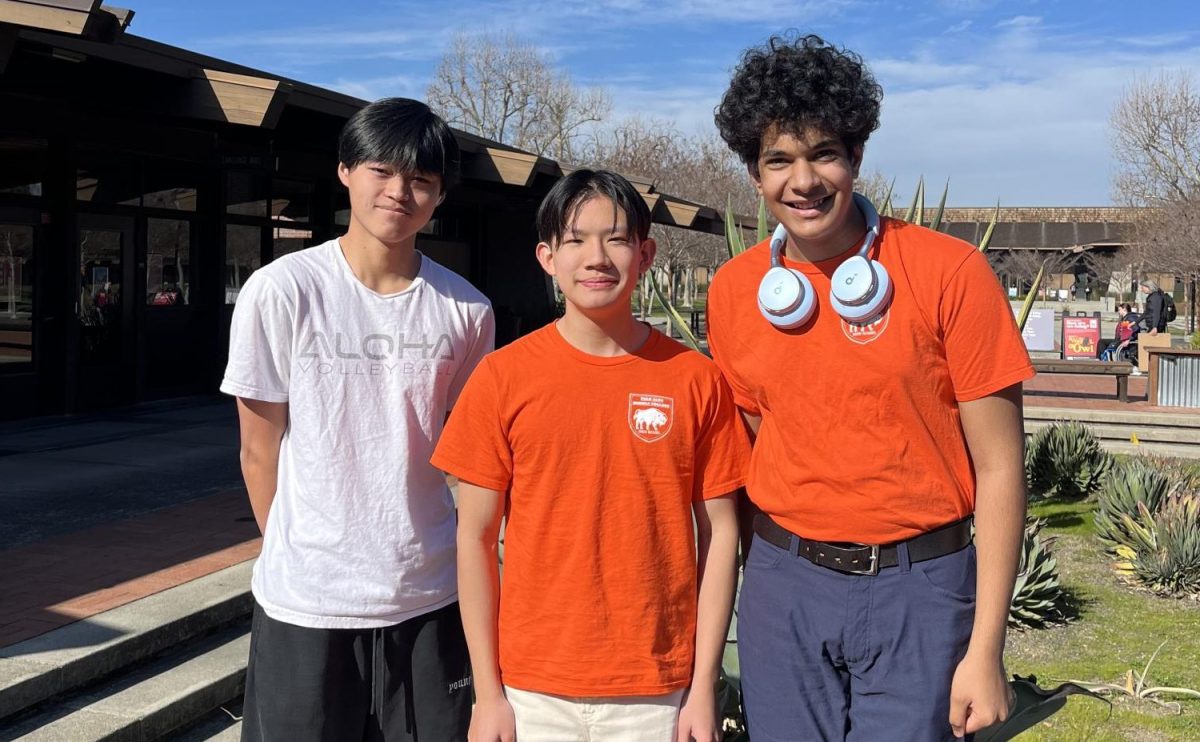

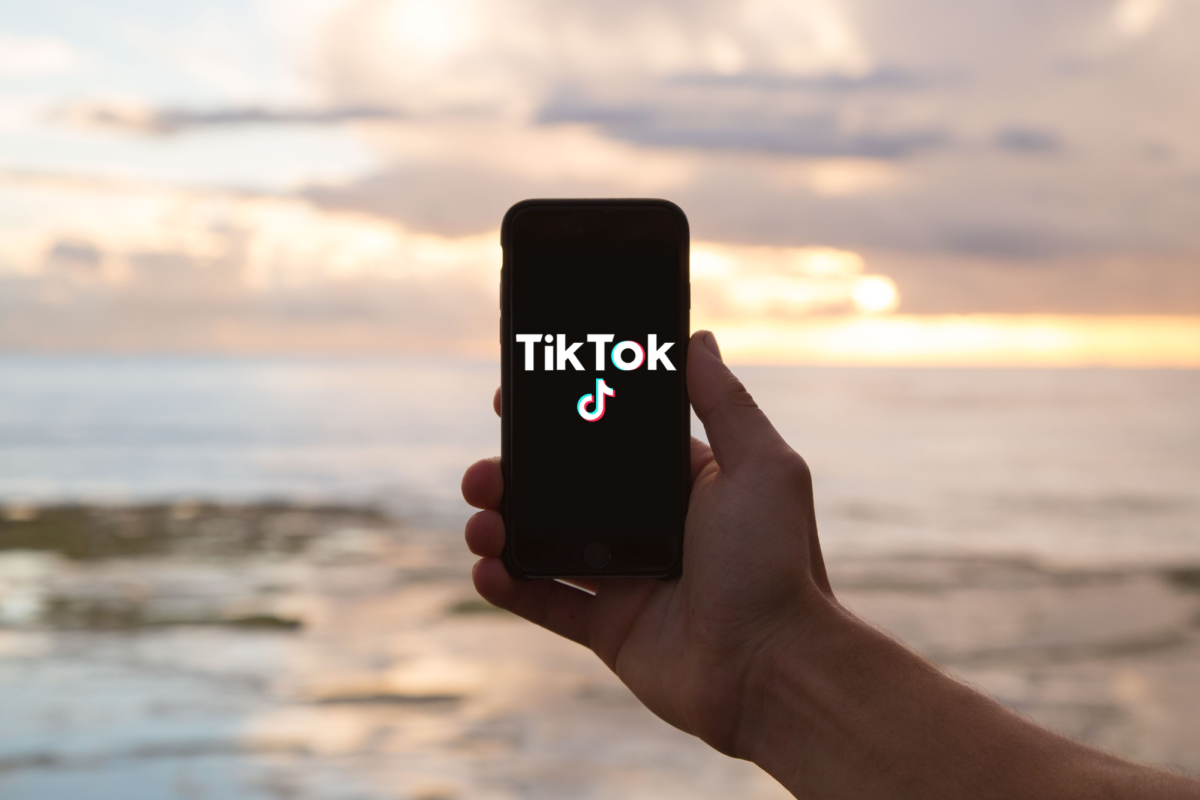

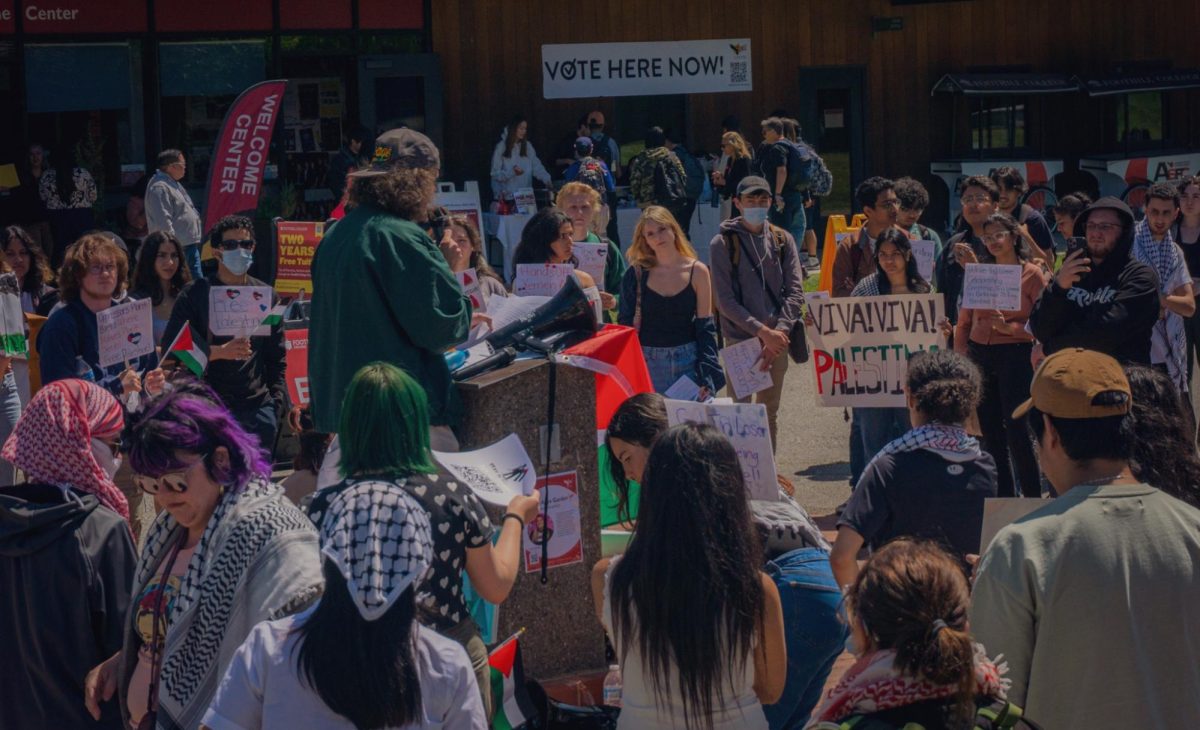






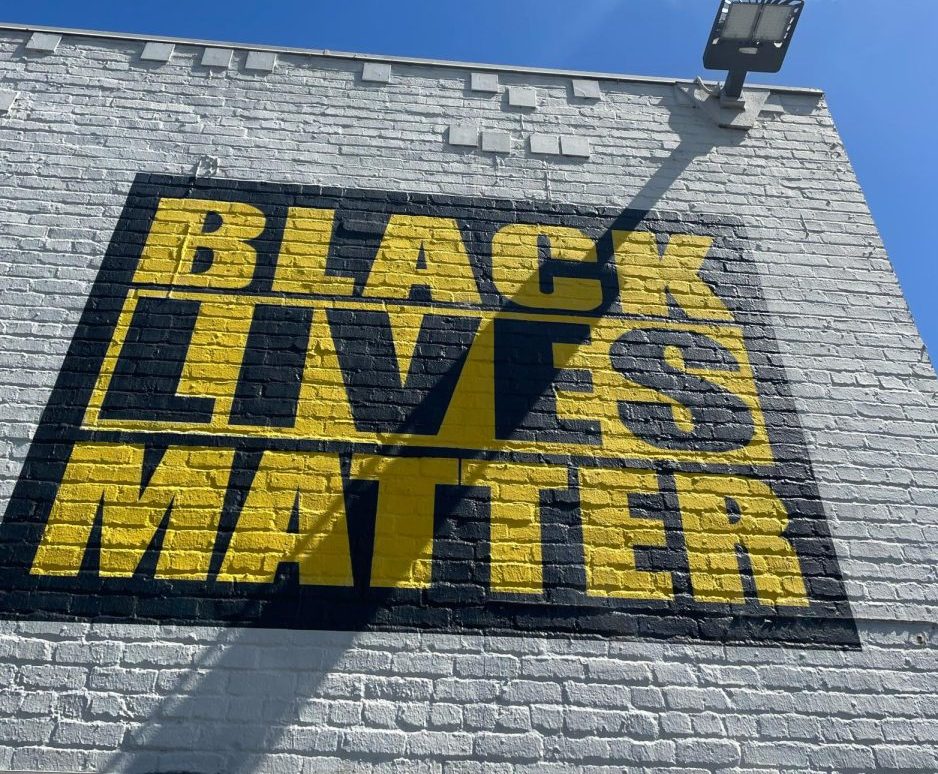




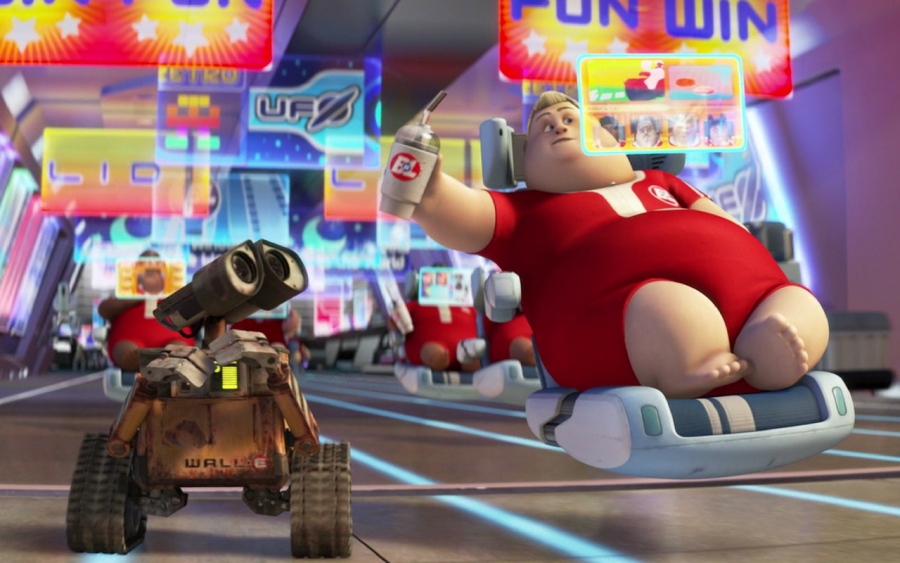
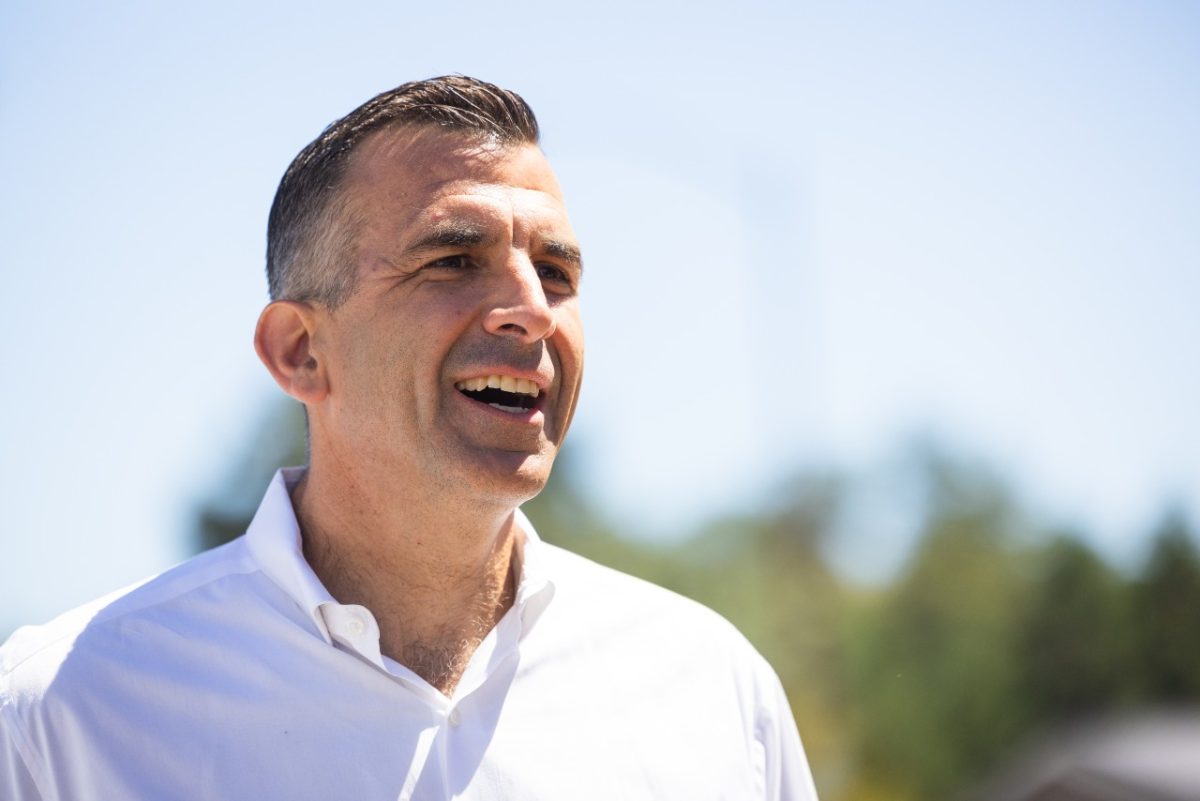






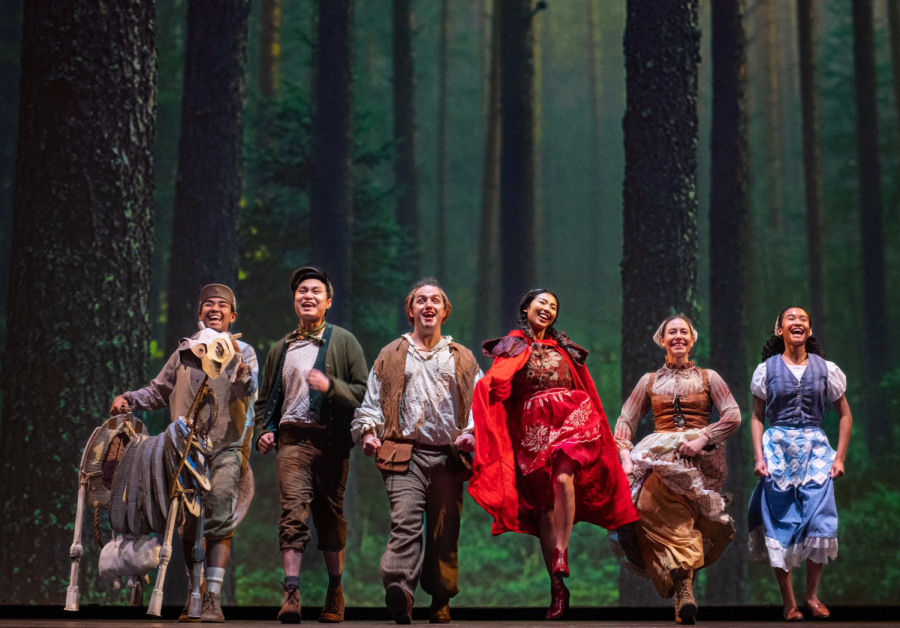



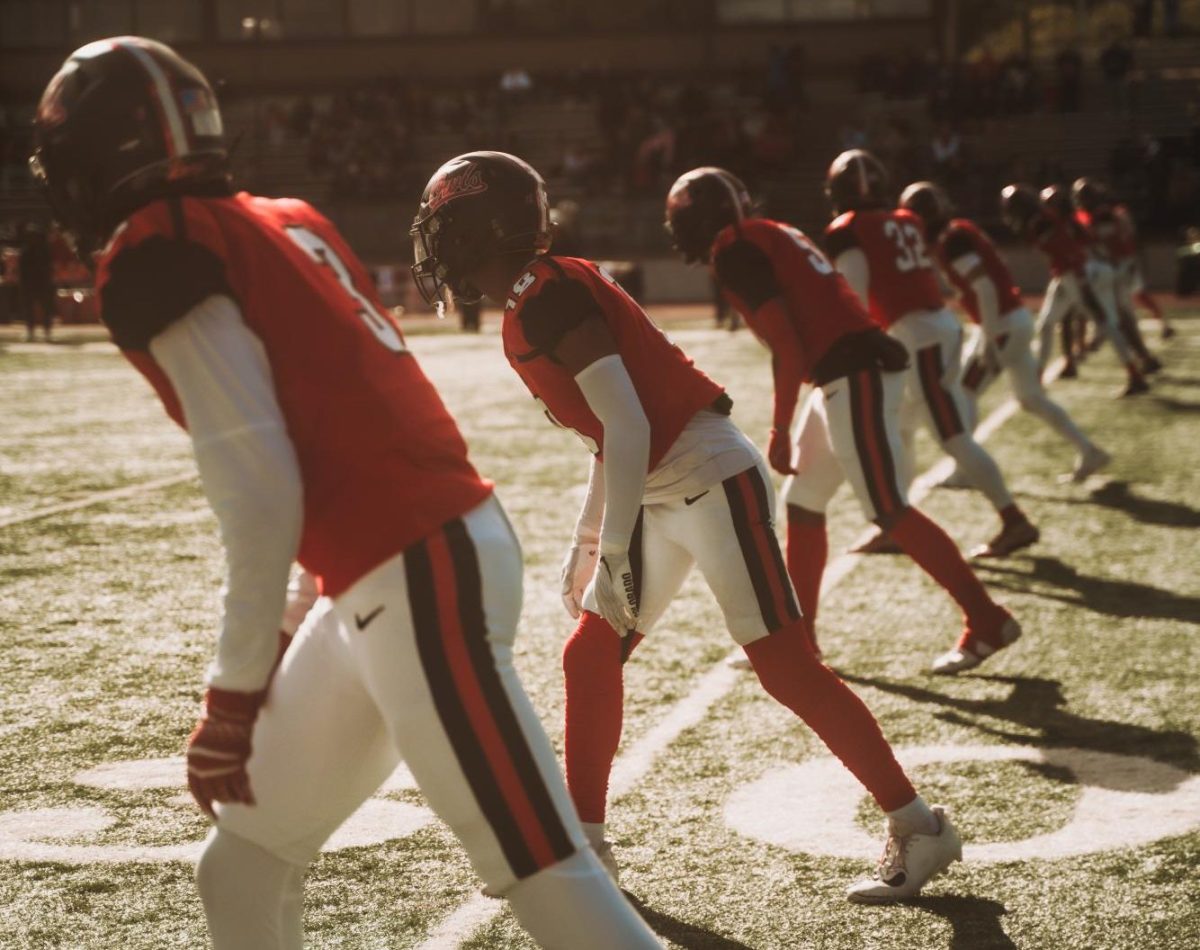
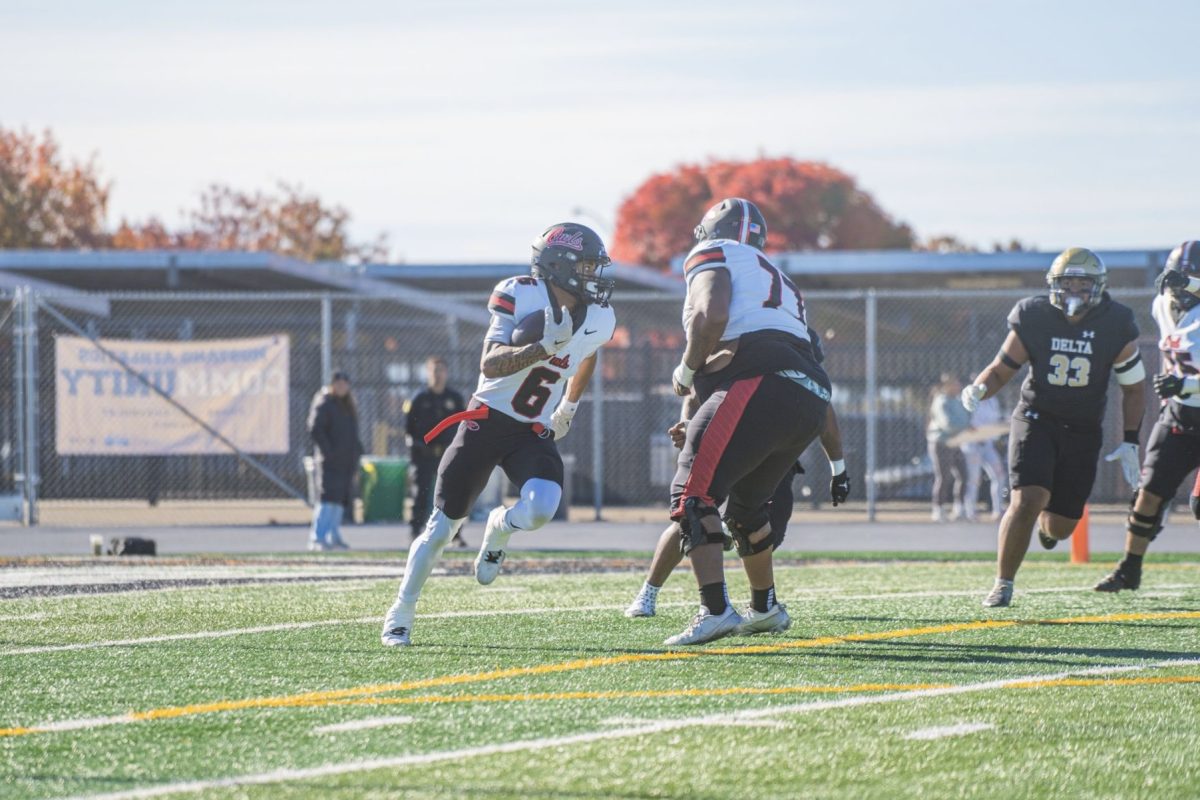
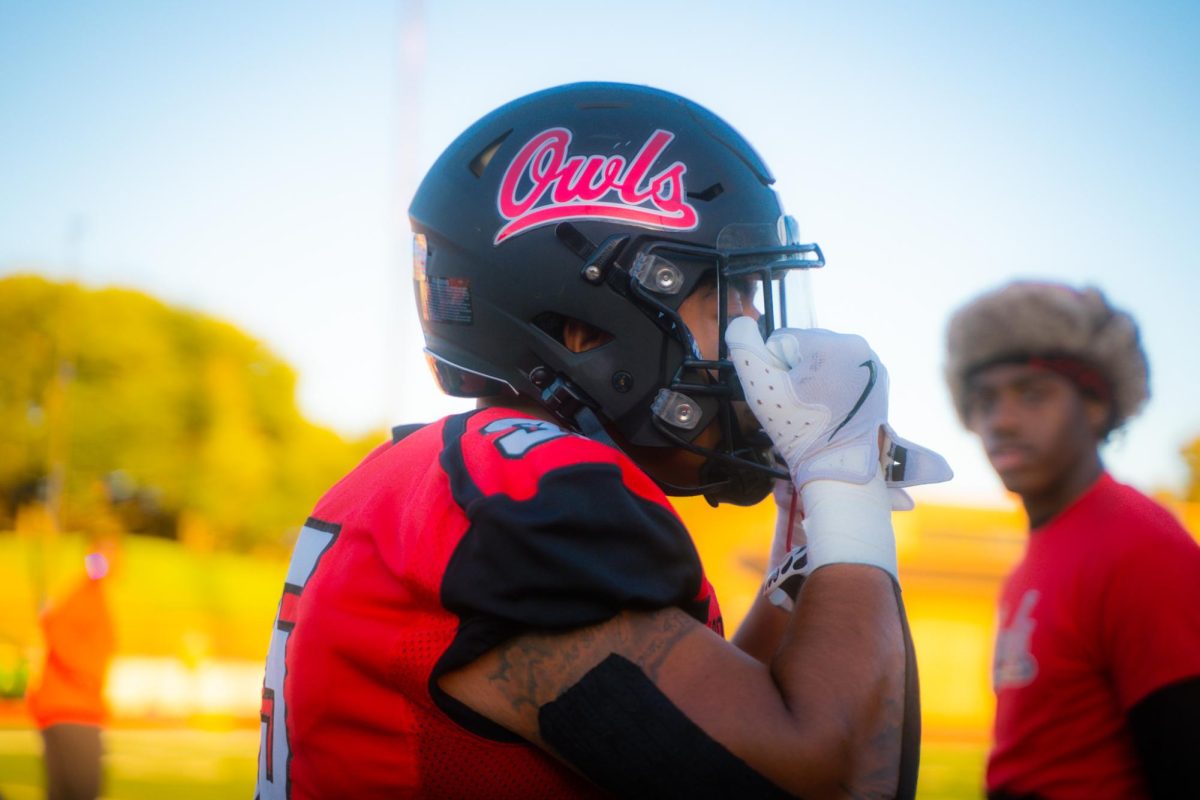
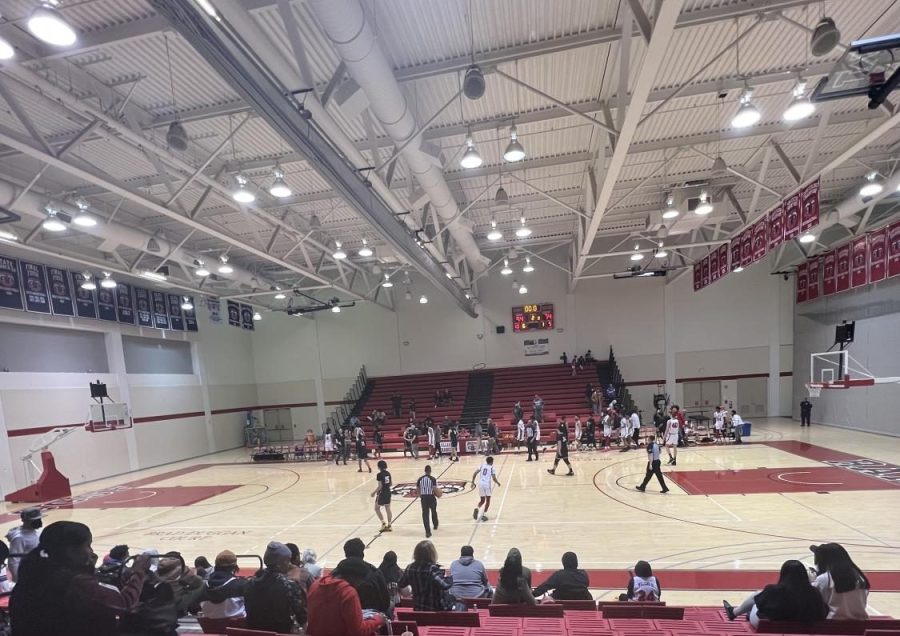



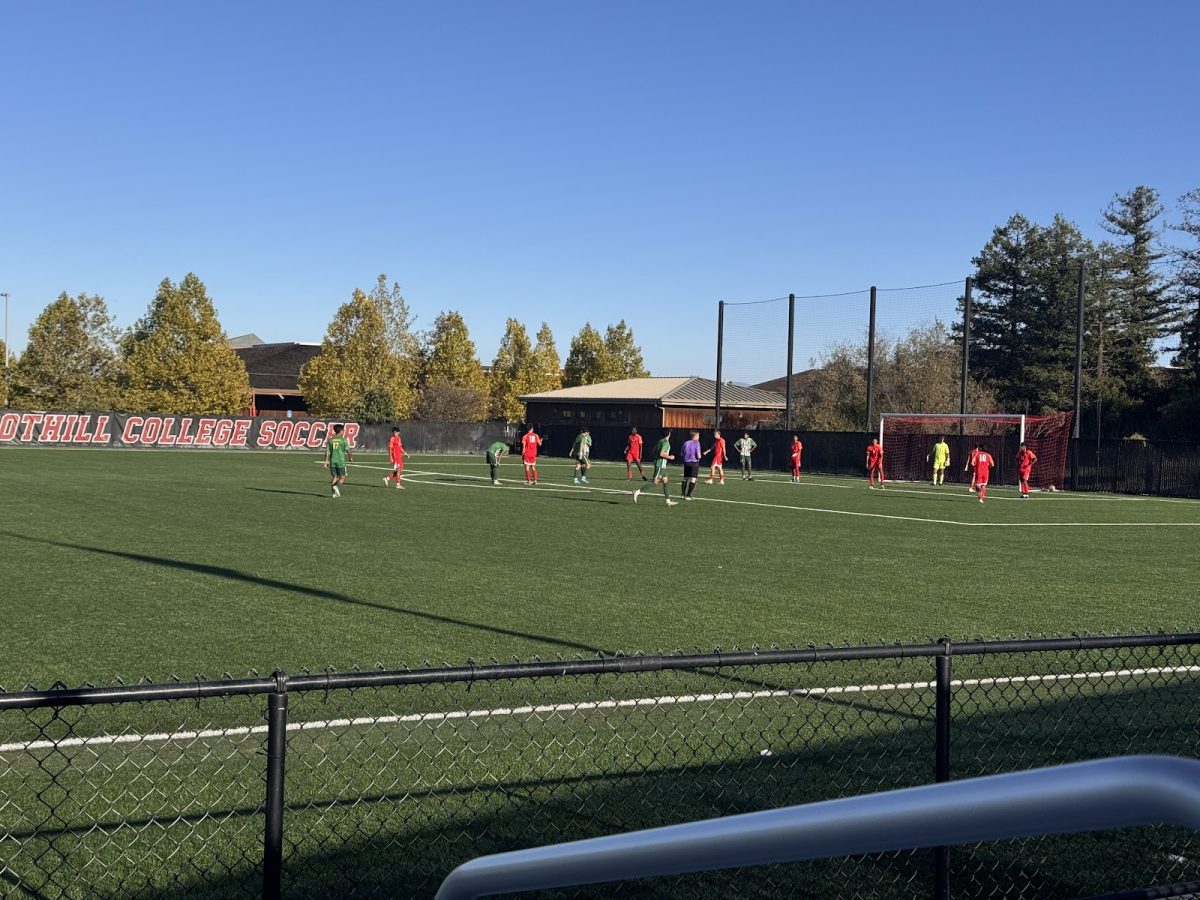

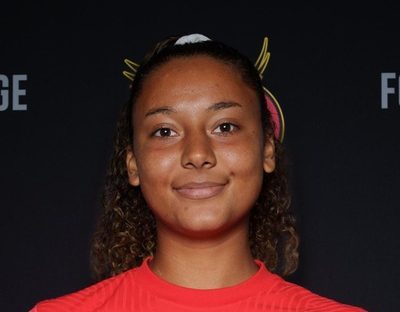





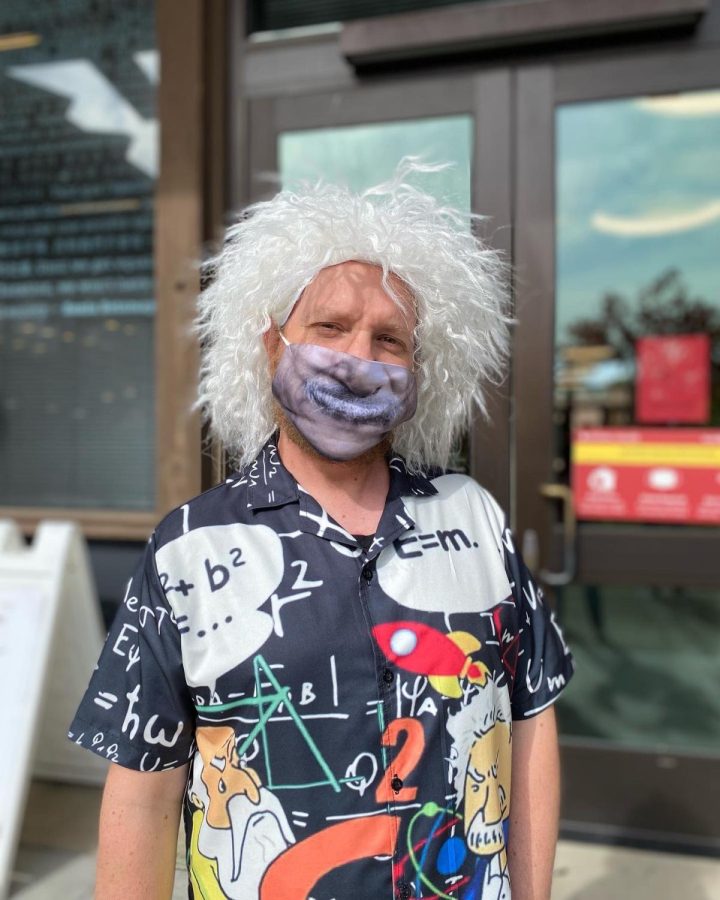


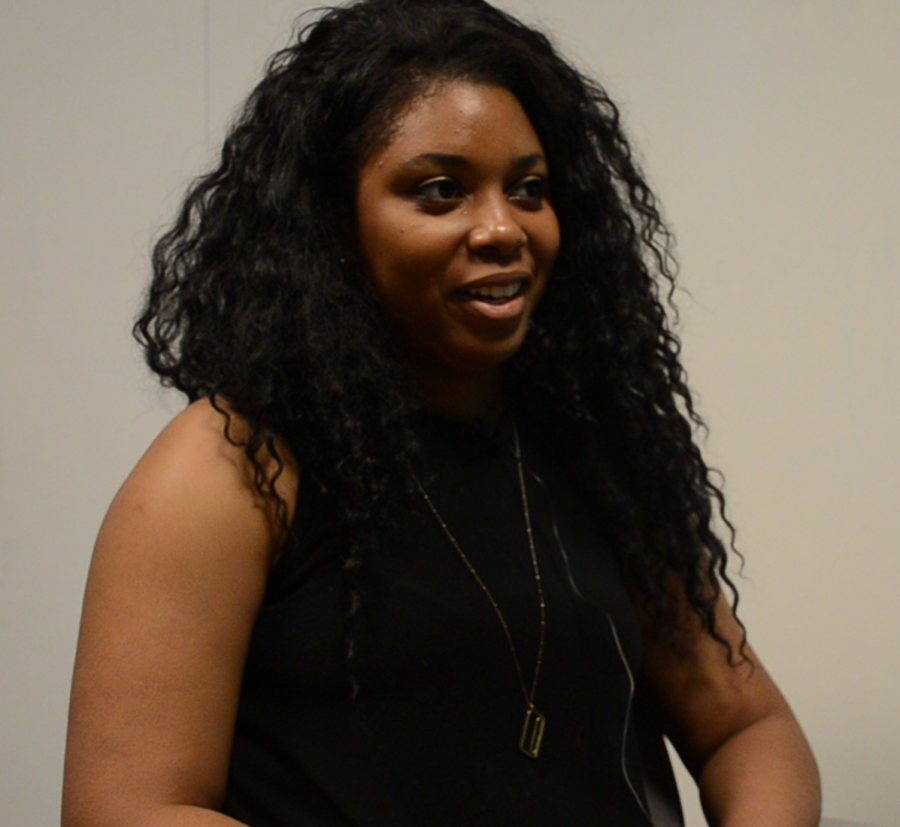

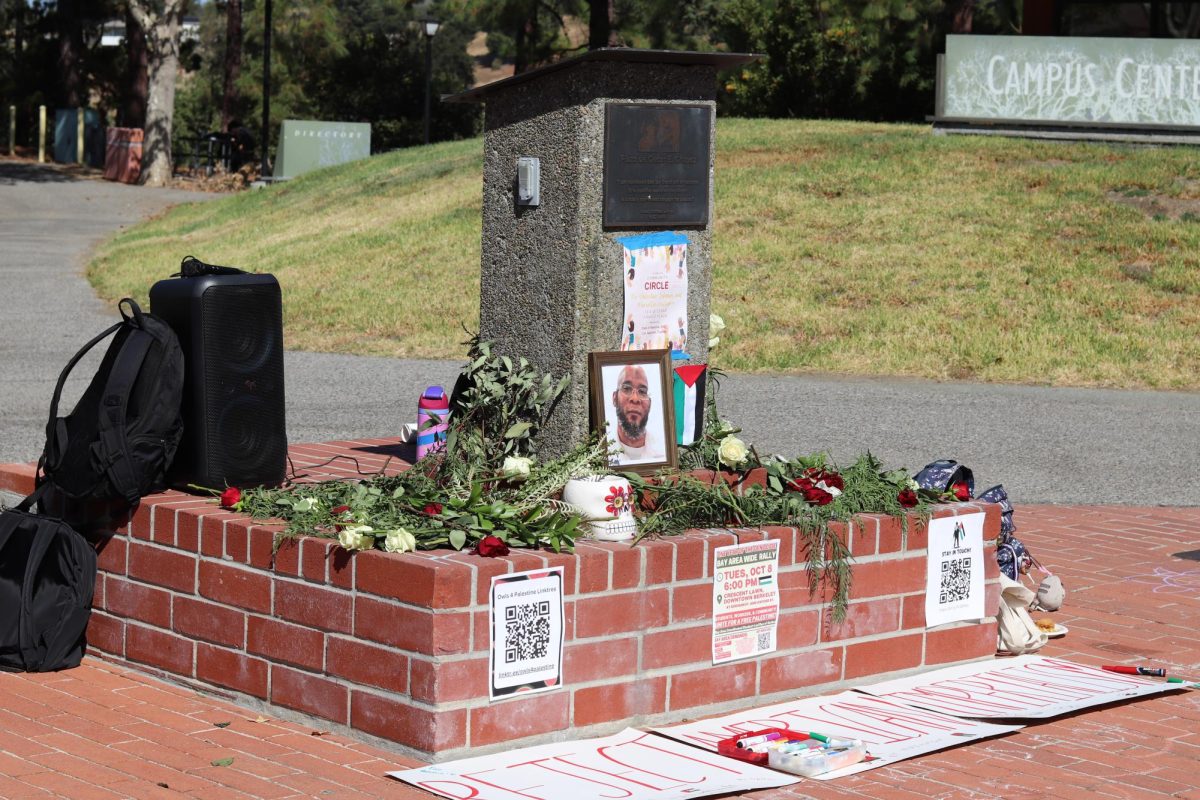




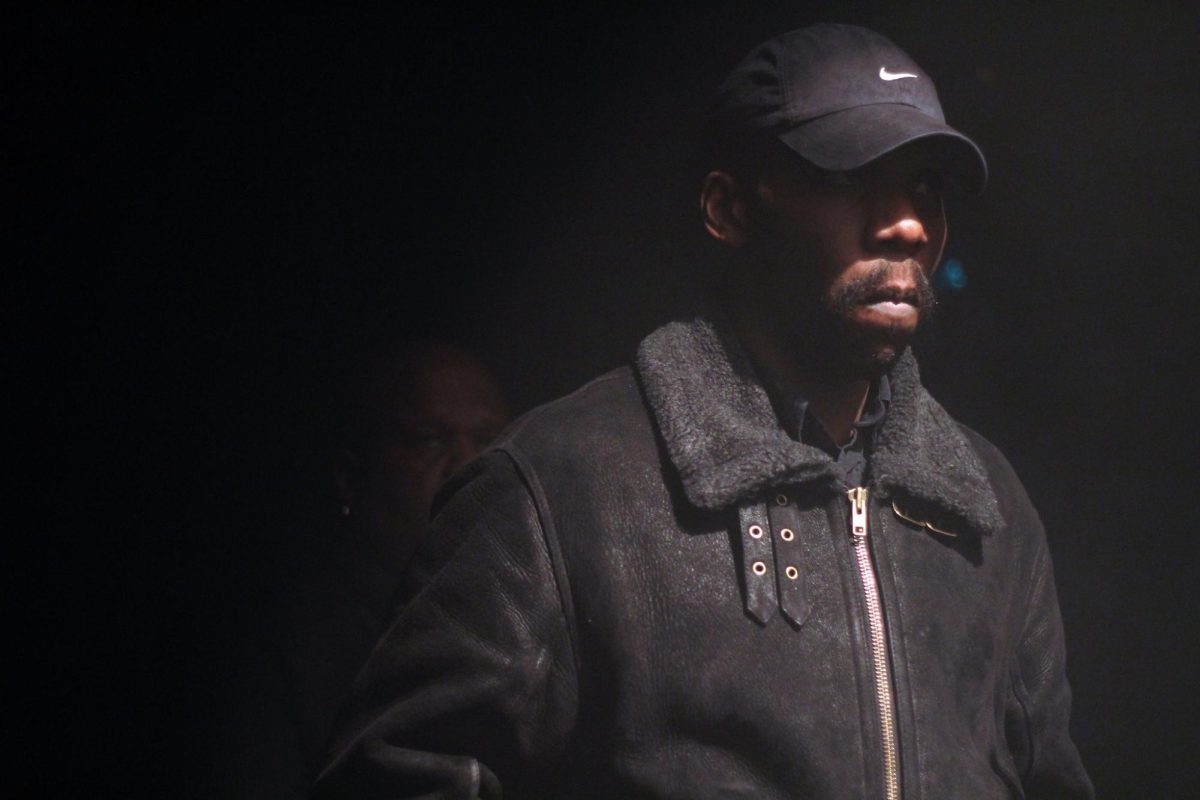

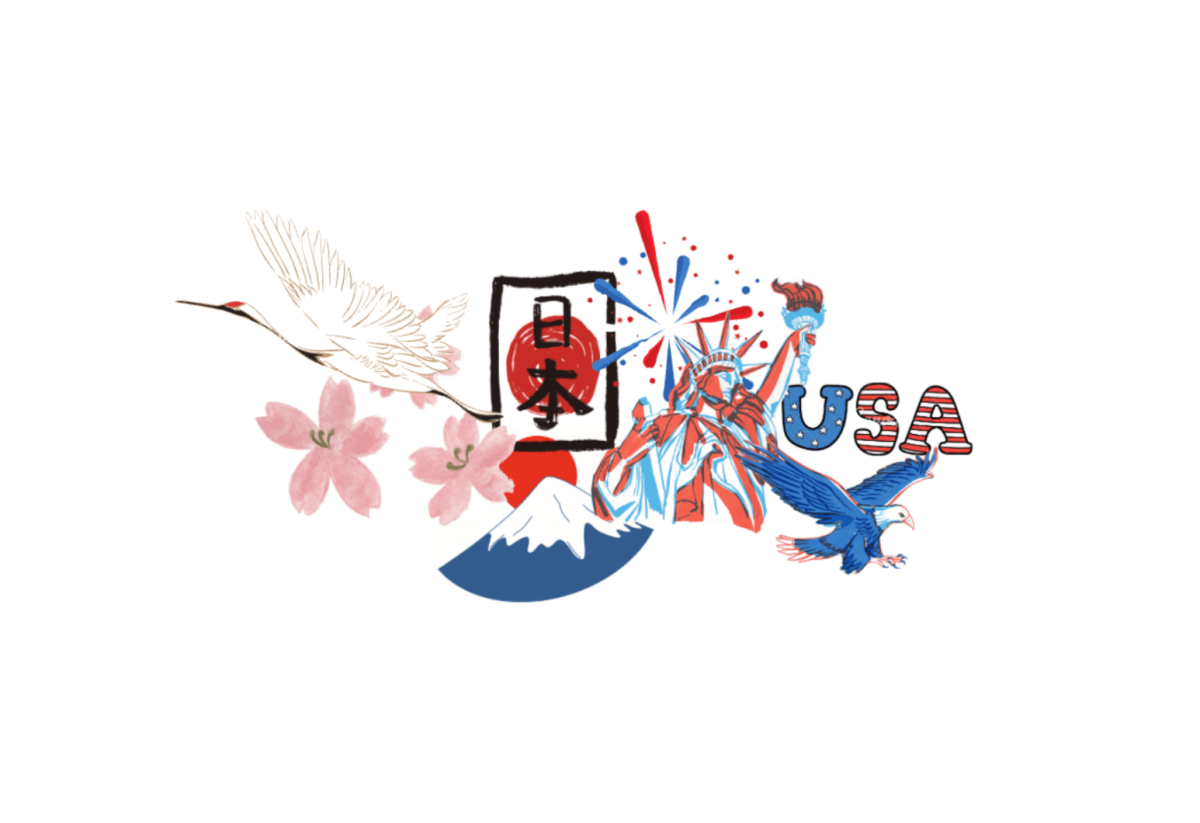


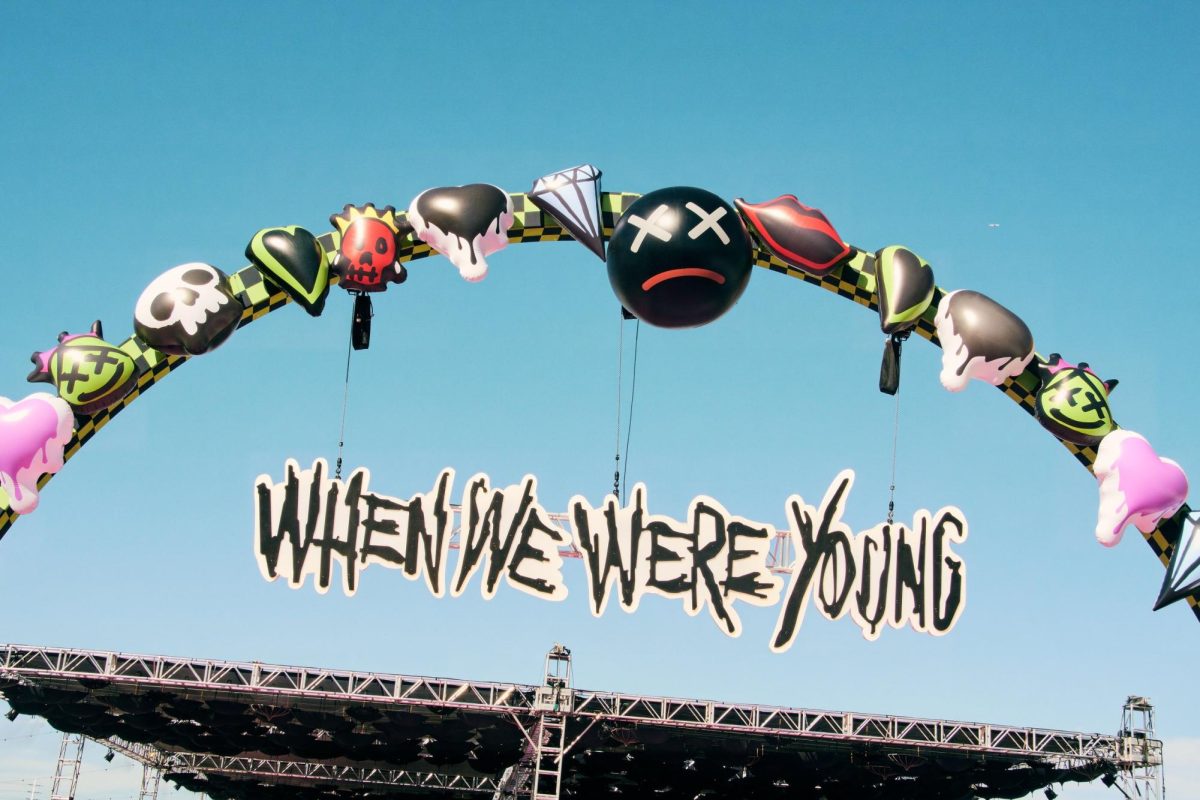
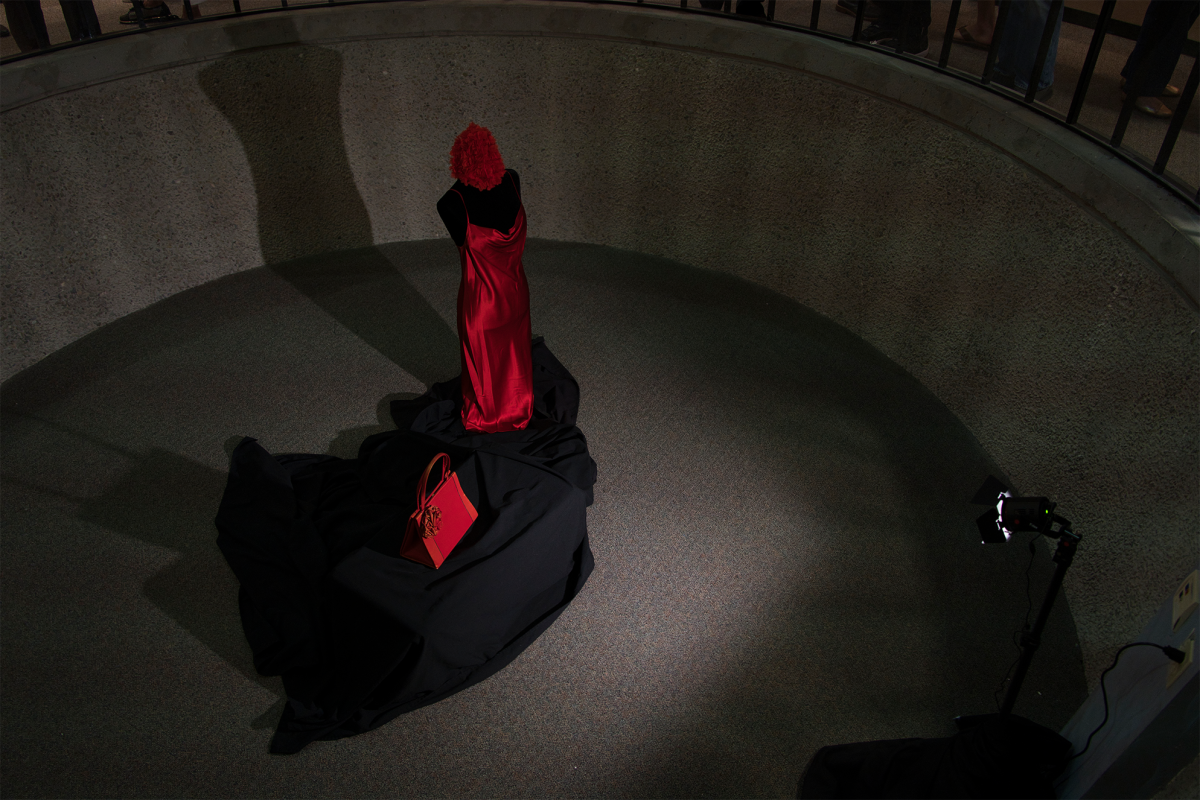
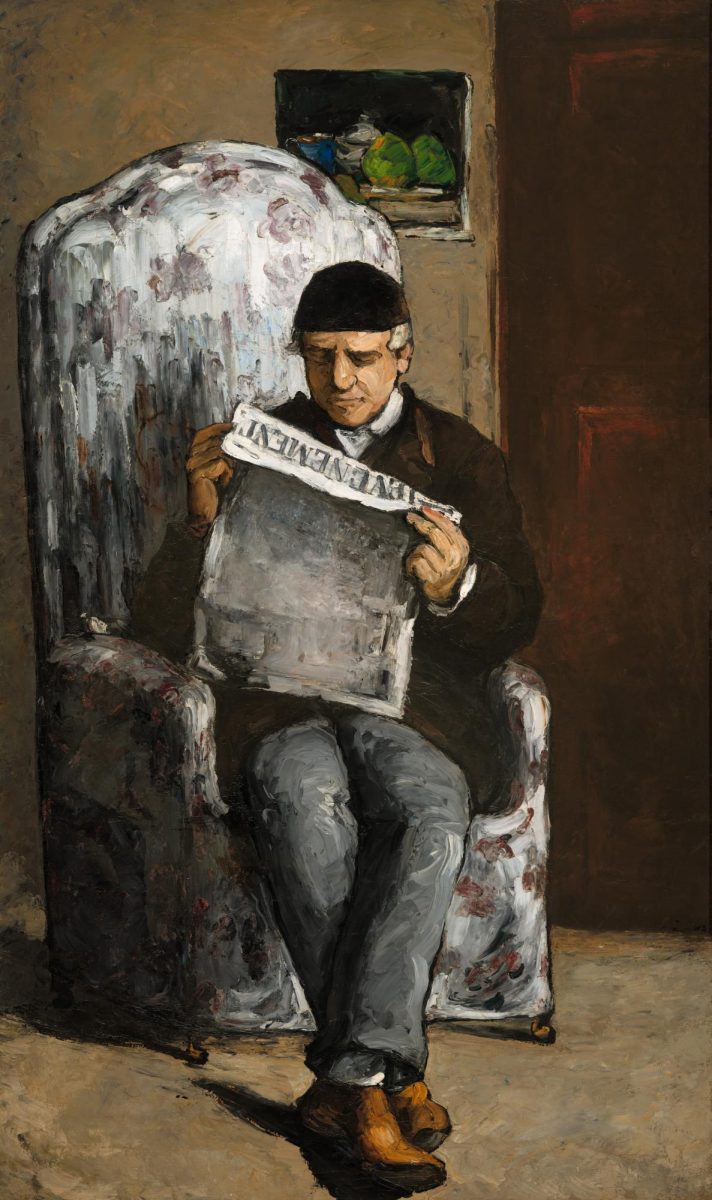



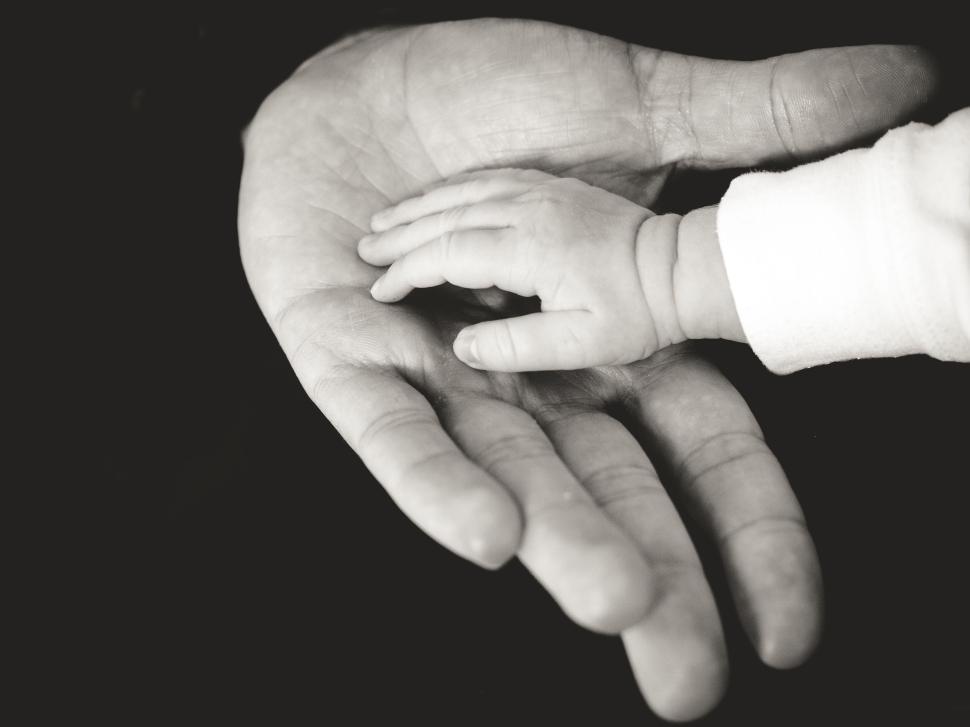
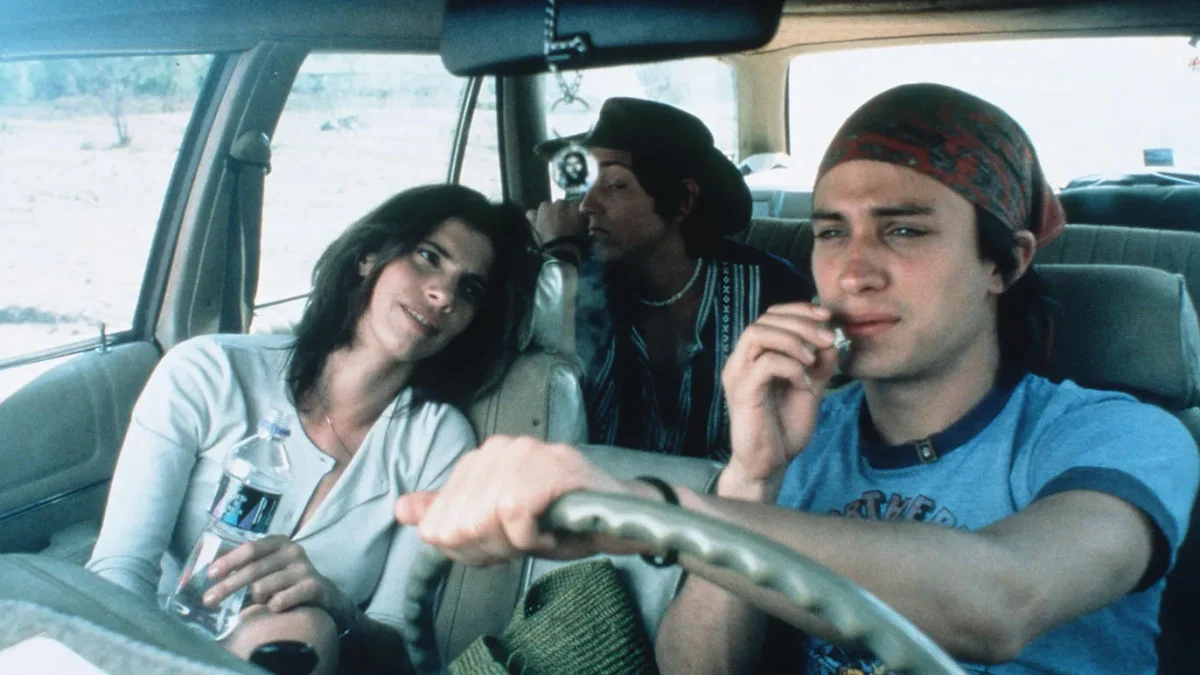


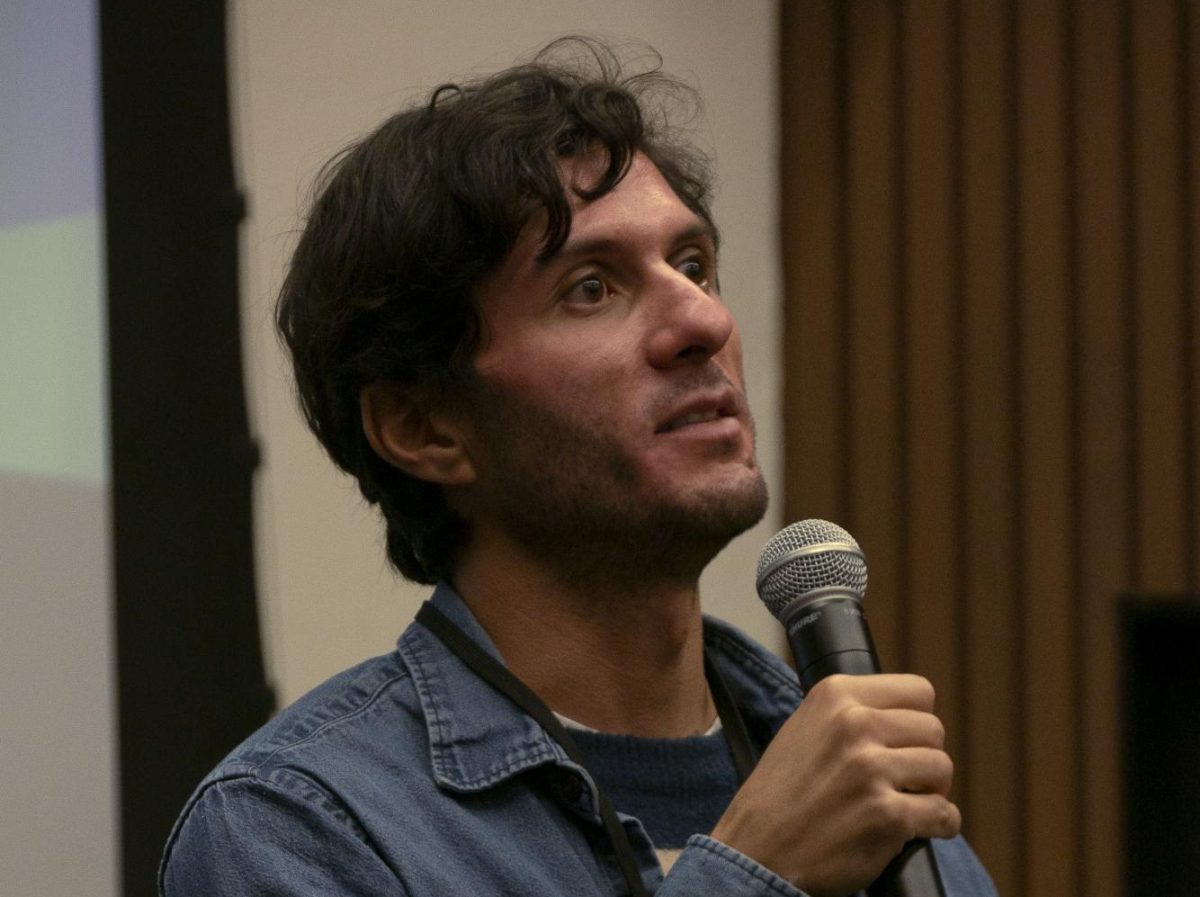
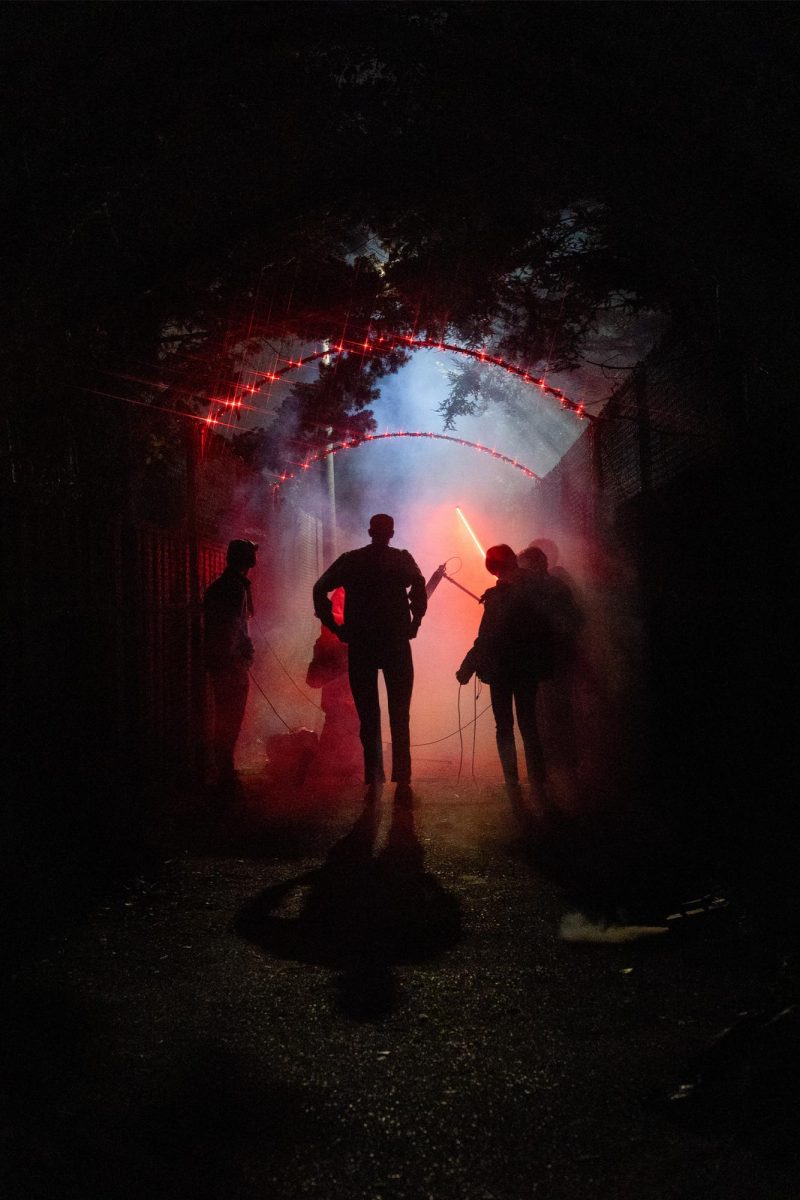

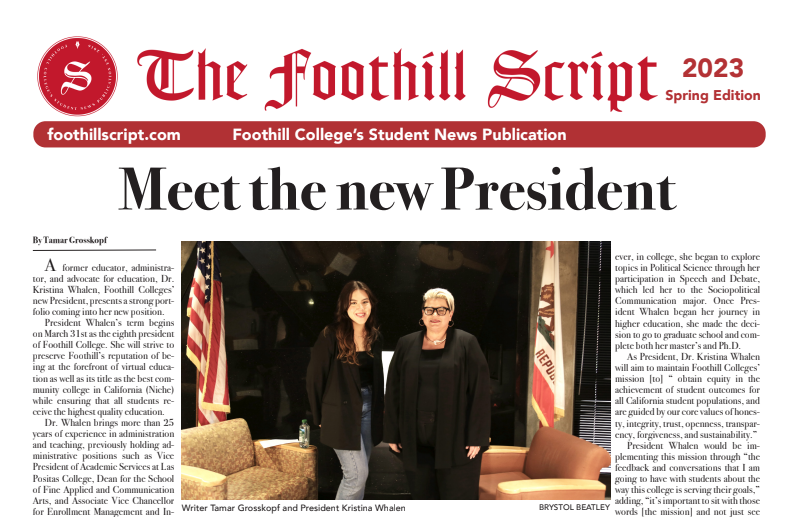


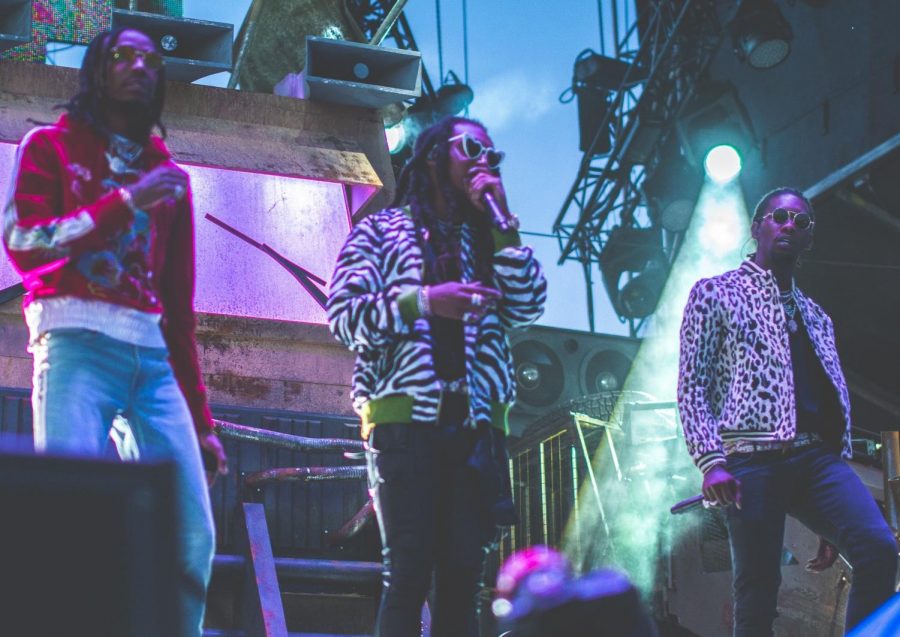









Nathan
Feb 25, 2018 at 2:01 pm
Fire Emoji